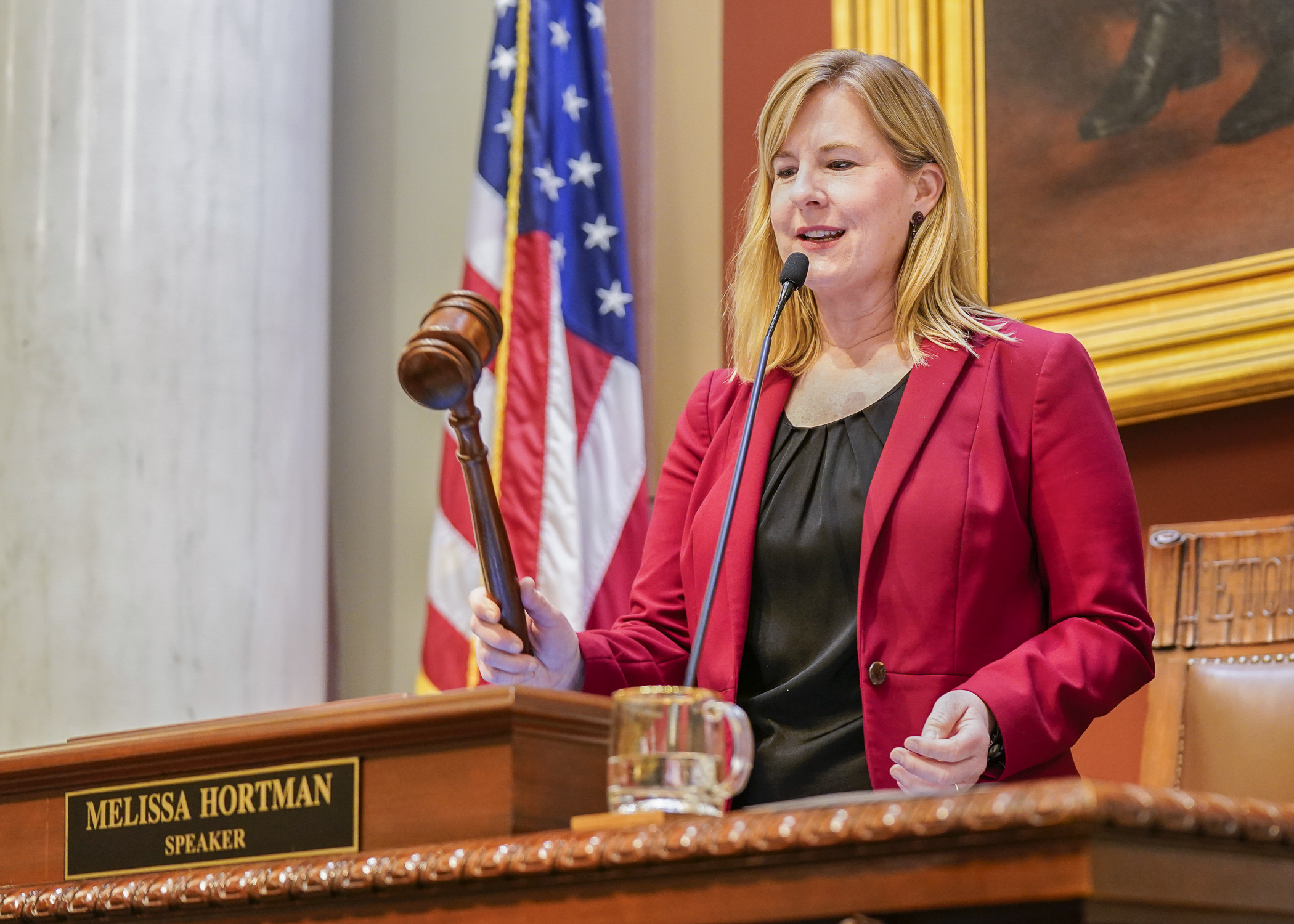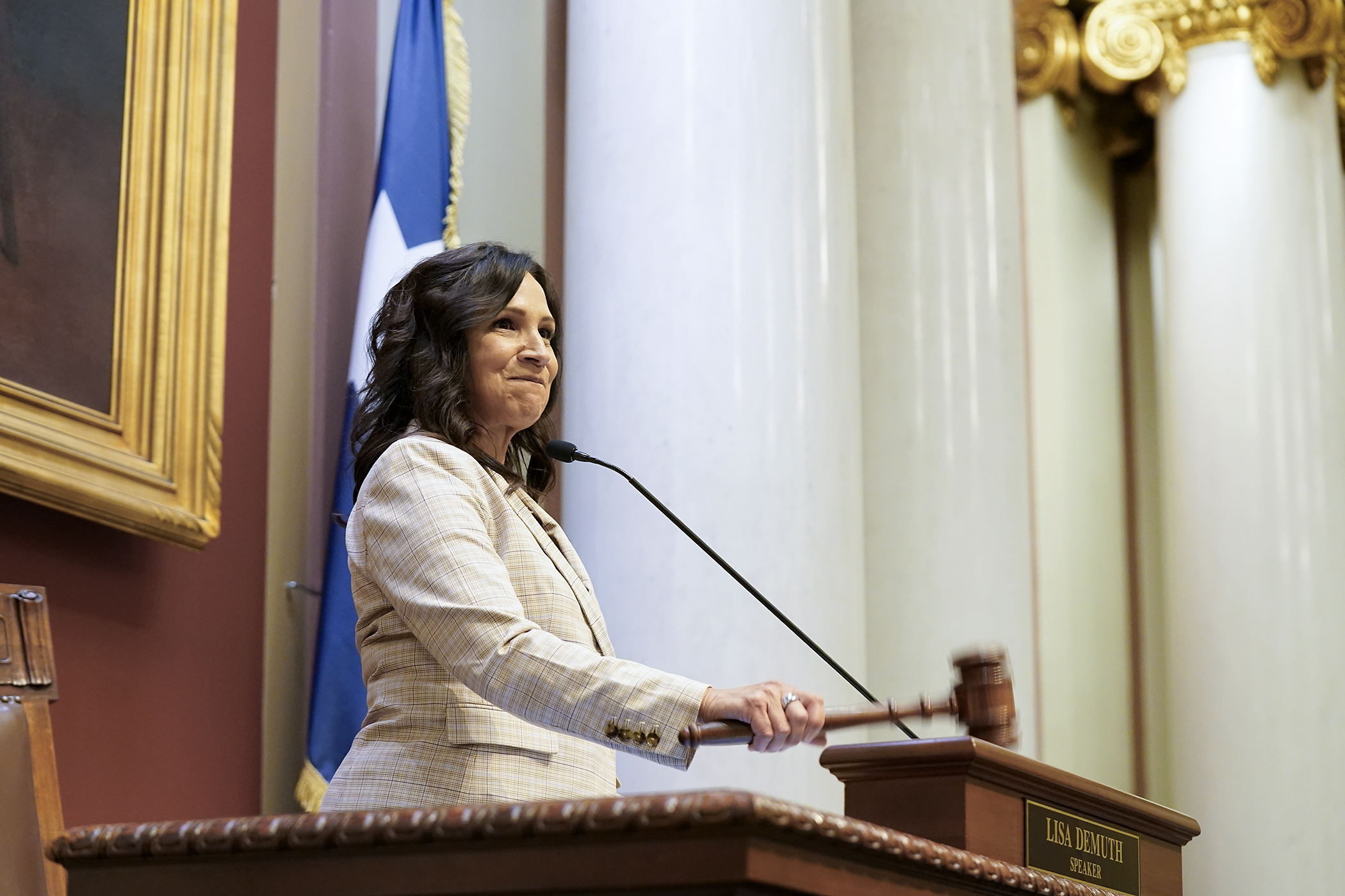Conversions from commercial to housing in Minneapolis, St. Paul could get a boost from TIF
Tax increment financing is kind of like borrowing from the future. Cities can create “TIF districts” to help finance the redevelopment of a blighted section of town, diverting funds raised by expected future property tax increases.
But if those municipalities want to veer from the parameters of TIF law in statute, they go to the Capitol and ask for permission. And Tuesday was such a day in the House Taxes Committee. Requests for special rules or extensions for their TIF districts were heard from Maple Grove, Plymouth, Eden Prairie, Maplewood, Oakdale, St. Paul and Minneapolis officials.
But one bill stood out because of its novel approach to using tax increment financing.
Rep. Athena Hollins (DFL-St. Paul) is sponsoring HF2574, which is designed to make it possible for Minneapolis and St. Paul to convert vacant or underused commercial or industrial buildings to residential housing.
“This general law change will help all of us to address more citywide housing activation, unsheltered support and public safety to lift up what we have to offer,” Hollins said. “Meanwhile, we’ll showcase that St. Paul and Minneapolis are vibrant destinations for visitors with opportunities for business.”
The committee laid the bill over for possible omnibus bill inclusion.
The bill would allow the state’s two largest cities to establish three exceptions to the state’s TIF rules:
- Usually, blight must be found in the area where a TIF district is established. The bill would expand the blight definition to include vacant or underused properties in Minneapolis or St. Paul.
- Except for housing districts, a tax increment financing district can only be established if it’s expected that the site’s market value would basically double what it would be without the financing. The bill would exempt from that requirement redevelopment districts established to convert vacant or underused buildings.
- Borrowing from a process used in some disaster areas, the original net tax capacity of property in redevelopment districts established to convert vacant or underused buildings would equal the value of the land.
Nicolle Newton, St. Paul planning and economic development director, spoke of how the bill would allow the two cities to continue the conversion of their downtowns from primarily commercial property to chiefly residential.
“Times have changed,” she said. “Needs have changed. Uses have changed. We have structures that used to do one thing that need to do something else now. And they may not be in horrible condition. They’re just no longer useful for their original purpose. … We just need the flexibility to make that possible without the typical blight findings required in TIF law.”
Related Articles
Search Session Daily
Advanced Search OptionsPriority Dailies
Speaker Emerita Melissa Hortman, husband killed in attack
By HPIS Staff House Speaker Emerita Melissa Hortman (DFL-Brooklyn Park) and her husband, Mark, were fatally shot in their home early Saturday morning.
Gov. Tim Walz announced the news dur...
House Speaker Emerita Melissa Hortman (DFL-Brooklyn Park) and her husband, Mark, were fatally shot in their home early Saturday morning.
Gov. Tim Walz announced the news dur...
Lawmakers deliver budget bills to governor's desk in one-day special session
By Mike Cook About that talk of needing all 21 hours left in a legislative day to complete a special session?
House members were more than up to the challenge Monday. Beginning at 10 a.m...
About that talk of needing all 21 hours left in a legislative day to complete a special session?
House members were more than up to the challenge Monday. Beginning at 10 a.m...